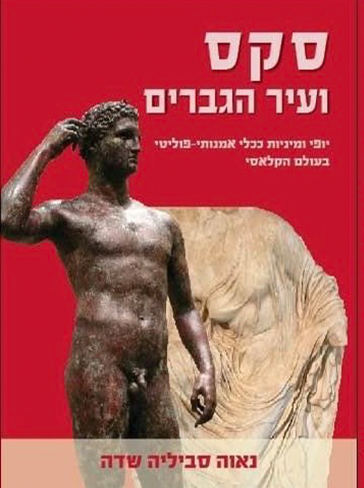“Subversive Phallus Politicos: Aspects of Manliness and Criticism in Adi Nes' Images of Soldiers”, Philosophy Study, Volume 11, Number 9, Serial Number 110, September 2021
Nava Sevilla-Sadeh, “Subversive Phallus Politicos: Aspects of Manliness and Criticism in Adi Nes' Images of Soldiers”, Philosophy Study, Volume 11, Number 9, Serial Number 110, September 2021

Adi Nes, Untitled, 1996. Courtesy of Jack Shainman Gallery, NY & the artist
Adi Nes (born in 1966) is a leading Israeli artist in the field of photography, with international recognition. Nes’ photography is staged as theatre, with each detail carefully planned during the production process, after comprehensive visual and conceptual research. His photography engages with manliness, political and social injustice, gender, alterity, ethnicity, and religion, and his images express a constant criticism, overt or covert. This article focuses on images from his soldier series produced between 1994 and 2000. Declaring that Israel is a very male-dominated society, Nes’ images of the soldiers present them in different ways: sometimes as extremely masculine and even macho, in other photos as mischievous, like a bunch of boys going wild; and in yet other photos as projecting an innocence that elicits the viewer’s compassion. The present study is a comparative one, employing the methodology of classical reception studies, and incorporating an analogy to the ancient Greek concept of the manly warrior, whose body was perceived as reflecting the political ideology of the polis. This concept is summarized in the term “Phallus Politicos” coined by John Jack Winkler, and connects between virility and politics in Ancient Greece. The argument presented here is that while the body and appearance of the warrior in Ancient Greece was consolidated with the Greek polis and its ideals, Nes’ images of soldiers manifest a disruption between the soldier and the ideology he serves, and therefore convey subversive messages alongside compassion and emotional solidarity.



